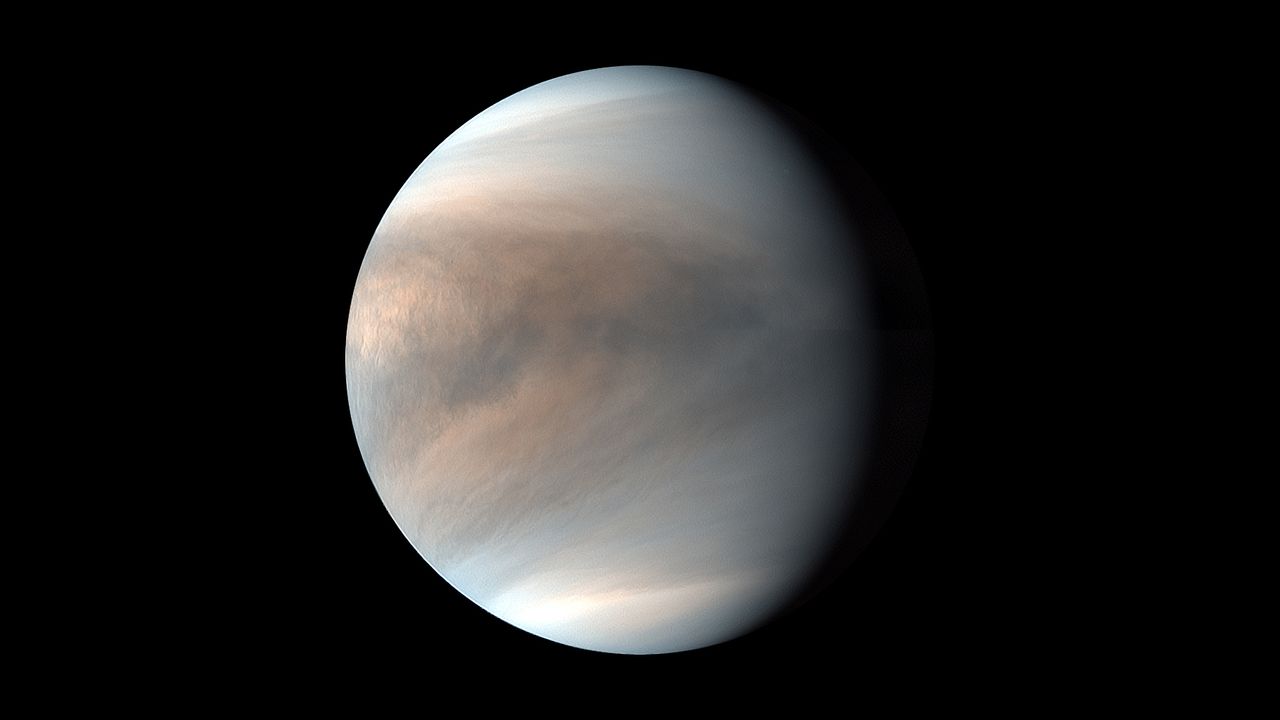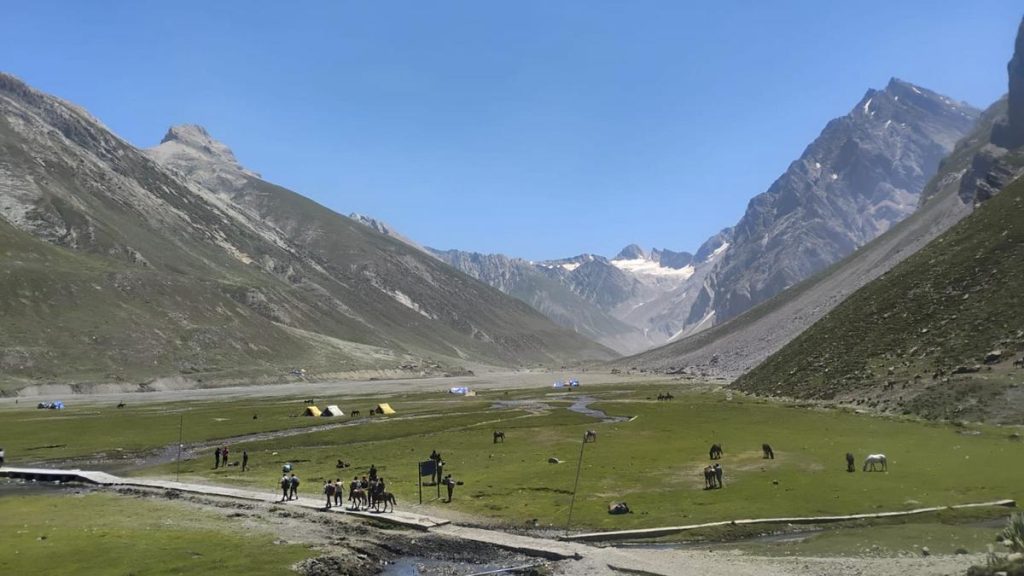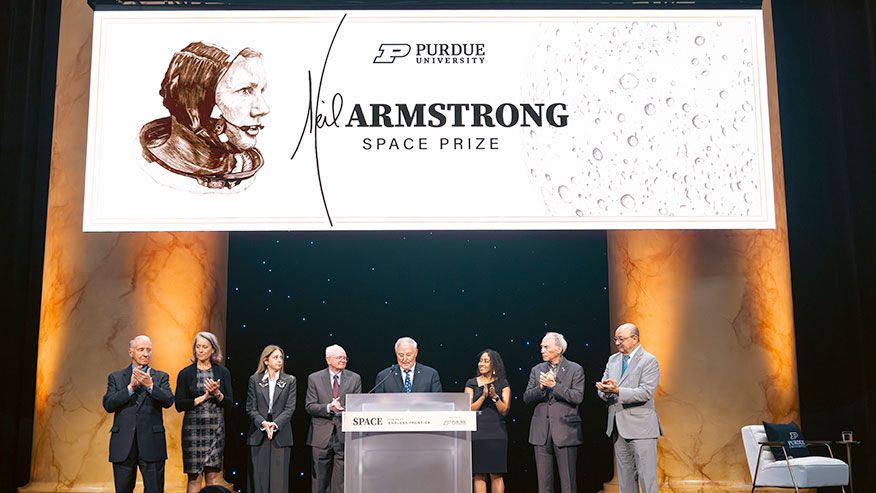Now Reading: Weather Satellites Accidentally Capture Rare Venus Observations
-
01
Weather Satellites Accidentally Capture Rare Venus Observations
Weather Satellites Accidentally Capture Rare Venus Observations

Swift Summary
- Japan’s Himawari-8 adn Himawari-9 weather satellites, primarily designed for monitoring Earth’s storms and climate patterns, have unintentionally gathered meaningful data on Venus for nearly a decade.
- Researchers discovered the satellites could act as space telescopes, capturing temperature variations and atmospheric properties of celestial bodies like the moon, Mercury, Venus, Mars, and Jupiter.
- The dataset compiled from Himawari satellites provides one of the longest multiband infrared records of venus to date. It reveals year-to-year changes in cloud-top temperatures and phenomena such as thermal tides (caused by solar heating) and Rossby waves (linked to latitude-based Coriolis force variations).
- This finding adds new insights into Venus’ atmospheric dynamics over various altitudes while challenging calibration methods previously used by dedicated spacecraft such as Japan’s Akatsuki orbiter.
- Analyses indicate that LIR instruments aboard Akatsuki may have underestimated Venus’ radiance compared to Himawari-derived measurements. Comparing both datasets can lead to better recalibration methods for future studies.
- Beyond Venus observations, these meteorological satellites bring potential value in planetary science due to their consistent long-term monitoring capabilities.
!Image of Venus captured by Japan’s Akatsuki spacecraft in false color
Image credit: JAXA/PLANET-C Project Team
indian Opinion Analysis
The inadvertent request of Earth-focused weather satellites like Himawari opens an avenue for cost-effective planetary exploration without relying exclusively on specialized missions.For India-a growing player in space exploration through ISRO-these findings are particularly relevant given its focus on developing multipurpose satellite programs that serve terrestrial needs while offering supplementary interplanetary benefits.
India’s approach could leverage this dual-purpose model for enhancing missions like Aditya-L1 (which studies solar activities) or Chandrayaan lunar programs.Long-term calibrated datasets from multi-role satellites not only fill observational gaps during times when dedicated planetary probes are absent but also reduce costs associated with standalone interplanetary endeavors.
Moreover, this study sparks ideas around optimizing existing facilities or collaborations between nations with similar satellite infrastructures. As international partnerships increase within space science communities-including India’s joint projects-it becomes feasible to extend the observational timelines critical for understanding atmospheric processes across various planets.
Read more: Space.com Article

























